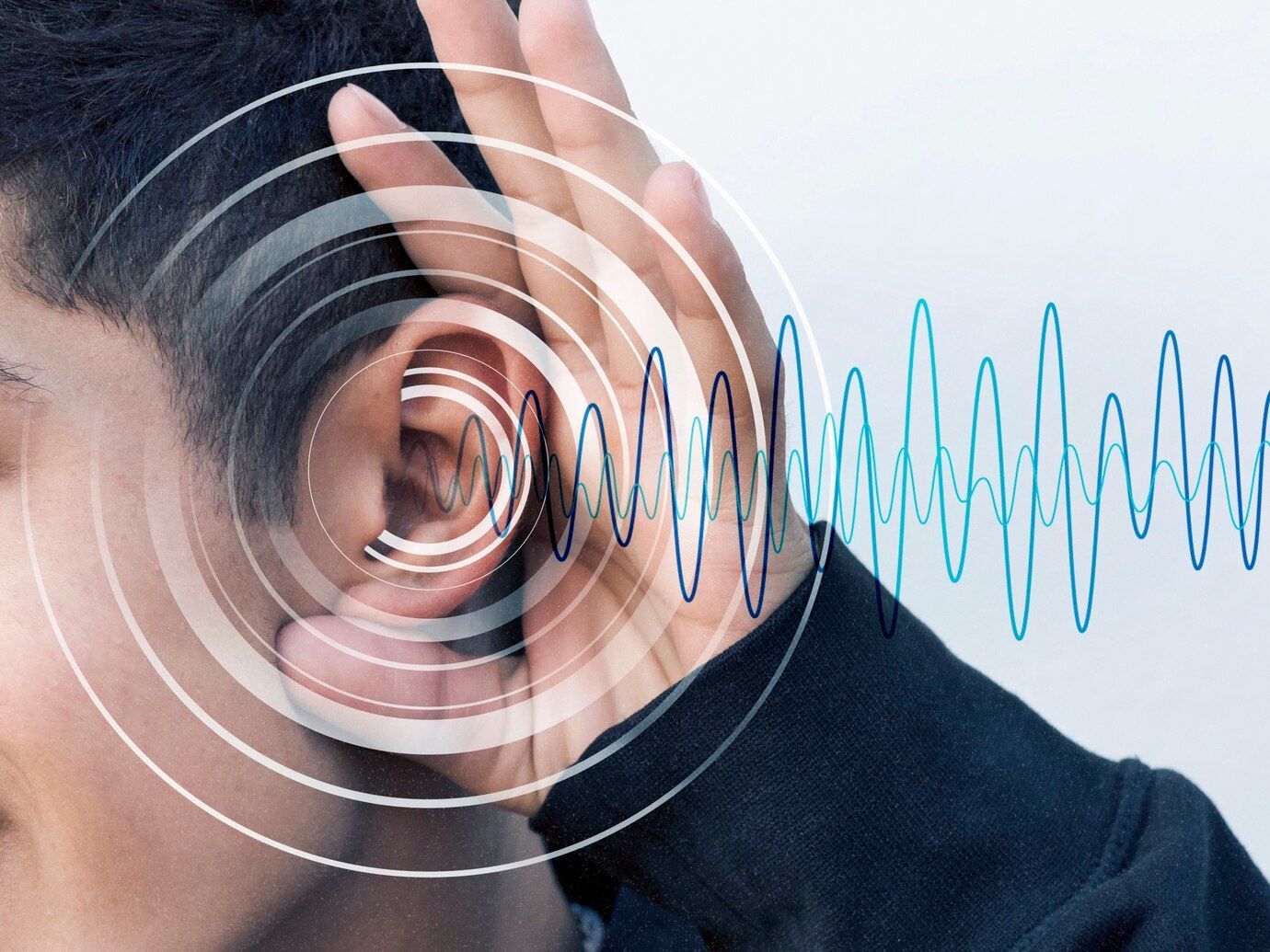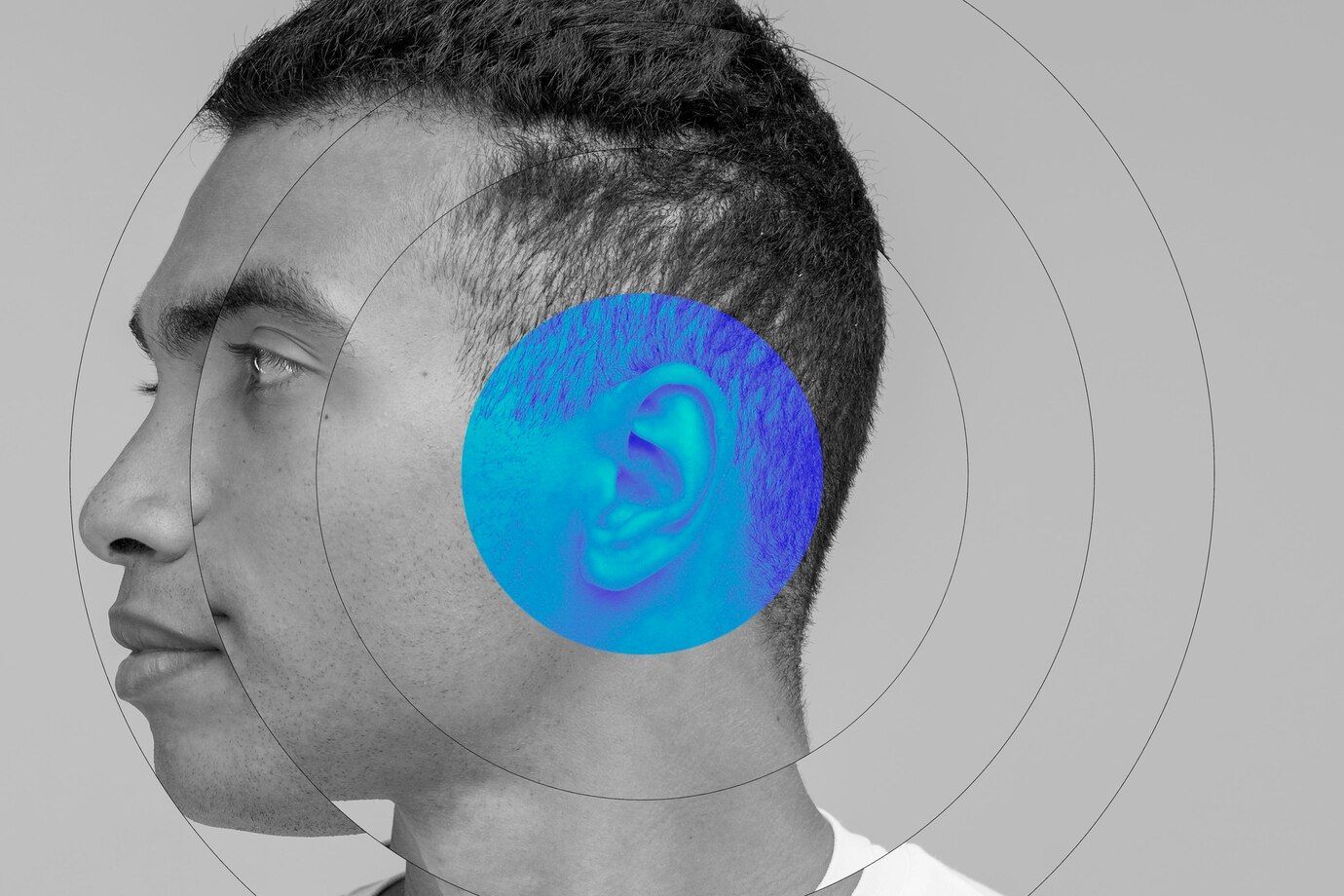Your Ears - The ear is divided into 3 parts - outer ear, middle ear and inner ear
Hearing - Hearing depends on a series of steps as the sound travels from outer ear to inner ear and to the brain.
Outer ear
Sound waves enter the outer ear and travel through the ear canal, which leads to the eardrum.
Middle ear
The vibration of the eardrum is passed on to three tiny bones in the middle ear. These bones are called the malleus, incus, and stapes.
The bones in the middle ear amplify the sound vibrations and send them to the cochlea in the inner ear.
Inner ear
The cochlear is a snail-shaped structure filled with fluid, in the inner ear and contains delicate key hearing structures.
Once the vibrations cause the fluid inside the cochlea to ripple, a traveling wave forms along the basilar membrane in the cochlea.
Hair cells—sensory cells sitting on top of the basilar membrane—ride the wave. Hair cells near the wide end of the snail-shaped cochlea detect higher pitched sounds, such as an infant crying. Those closer to the center detect lower-pitched sounds, such as a large dog barking.
As the hair cells move up and down, microscopic hair-like projections (known as stereocilia) that are located on top of the hair cells bump against an overlying structure and bend. Bending causes pore-like channels, which are at the tips of the stereocilia, to open up. When that happens, chemicals rush into the cells, creating an electrical signal.
The auditory nerve carries this electrical signal to the brain, which turns it into a sound that we recognize and understand






